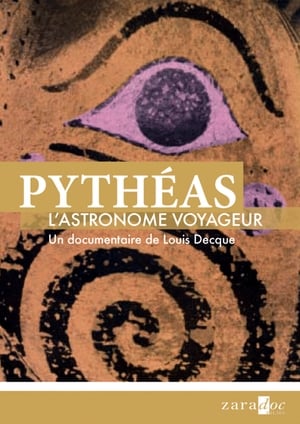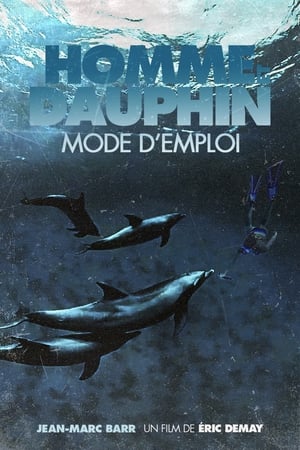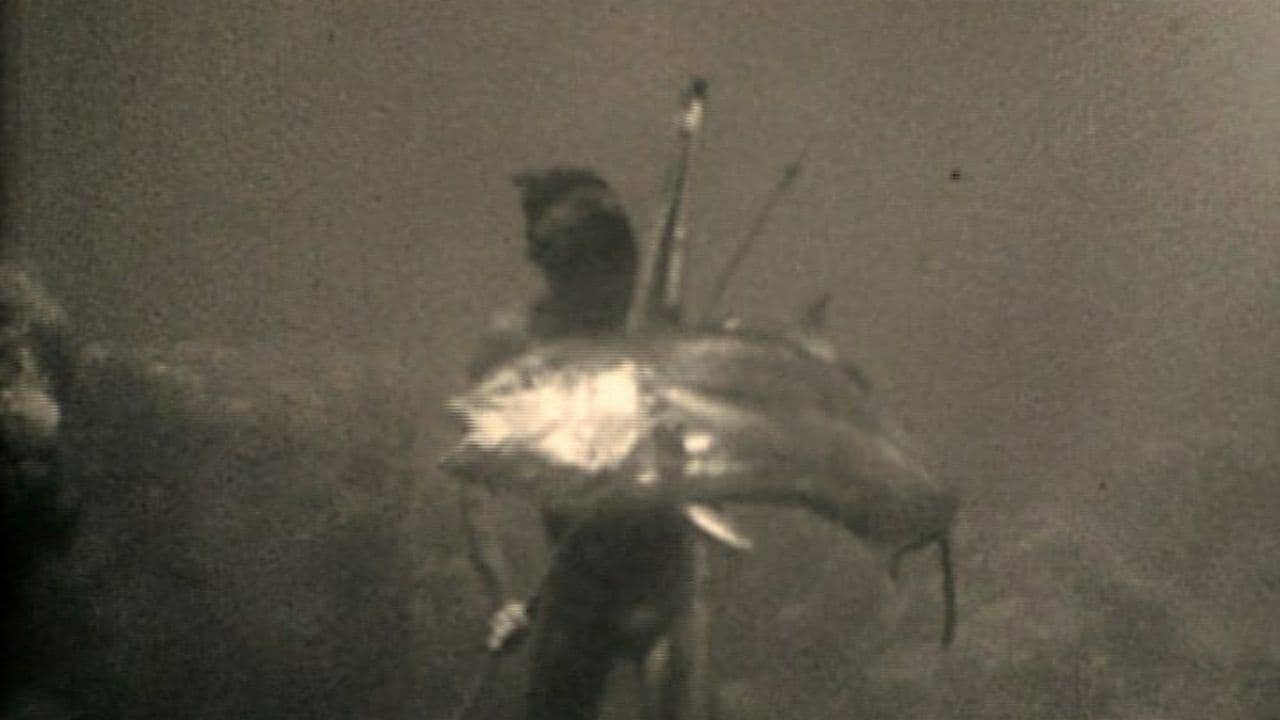

At a Depth of Eighteen Meters(1943)
Jacques Cousteau's 1942 plunge into the Mediterranean sea
Movie: At a Depth of Eighteen Meters
Top 3 Billed Cast
Video Trailer At a Depth of Eighteen Meters
Similar Movies
 9.3
9.3The Rise and Fall of the Etruscans(fr)
For eight centuries, between the 9th and 1st century BC, the Etruscans, inhabitants of the Italian peninsula, were one of the most powerful peoples of the Mediterranean basin, and when they disappeared they left behind impressive necropolises, vestiges of sanctuaries and even entire cities. How did they attain such power? How far did they extend their dominion and influence? What were the causes of their decline?
The Abyss(en)
Peter Snow presents highlights from today's three deep-sea dives around the world. In 2002 BBC organized three concurrent dives , first in Monterey Bay where unmanned submersible is lowered into underwater canyon which is over mile deep. Second dive is in Grand Cayman where submersible Atlantis will explore life at the spectacular Cayman Wall , Kate Humble reports . During the dive, the crew used bait to attract a deep-water giant, the six-gill shark. Third dive takes place in middle of the Atlantic 1200 miles west of Portugal, which is also deepest of the three dives, divers will descent in Russian submersible Mir from research vessel Keldish and the Mir will dive in the bottom of the ocean in 2300 metres .
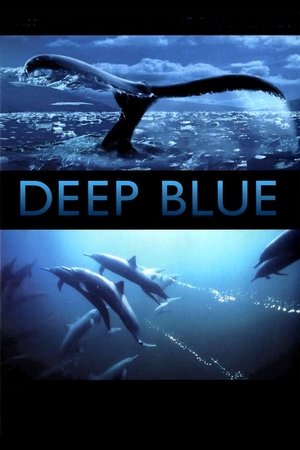 6.8
6.8Deep Blue(en)
Deep Blue is a major documentary feature film shot by the BBC Natural History Unit. An epic cinematic rollercoaster ride for all ages, Deep Blue uses amazing footage to tell us the story of our oceans and the life they support.
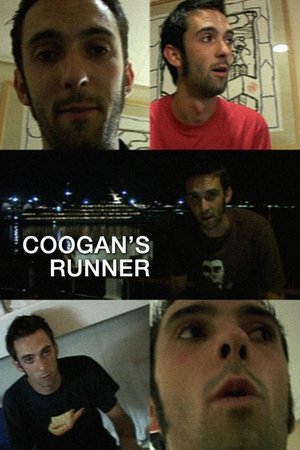 0.0
0.0Coogan's Runner(en)
Video diary from behind the scenes of 2002's "Cruise of the Gods."
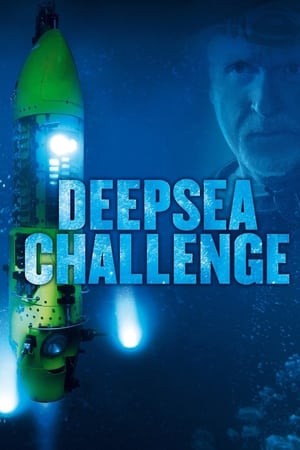 6.6
6.6Deepsea Challenge 3D(en)
Described as being a film about determination, danger and the ocean’s greatest depths, James Cameron's "Deepsea Challenge 3D" tells the story of Cameron’s journey to fulfill his boyhood dream of becoming an explorer. The movie offers a unique insight into Cameron's world as he makes that dream reality – and makes history – by becoming the first person to travel solo to the deepest point on the planet.
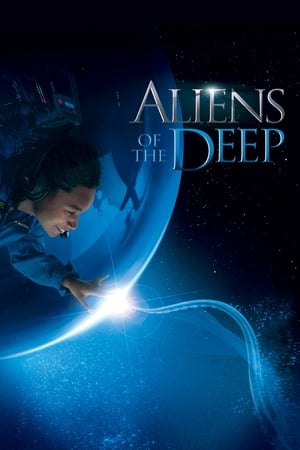 6.1
6.1Aliens of the Deep(en)
James Cameron teams up with NASA scientists to explore the Mid-Ocean Ridge, a submerged chain of mountains that band the Earth and are home to some of the planet's most unique life forms.
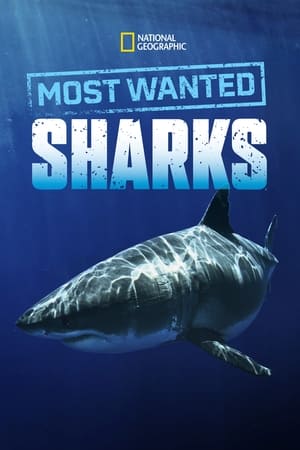 5.0
5.0Most Wanted Sharks(en)
Whether it's the biggest great white, the most photographed tiger shark, or the shark known for jumping 100 feet up out of the water, we're diving into the stories of the greatest shark stars of all time.
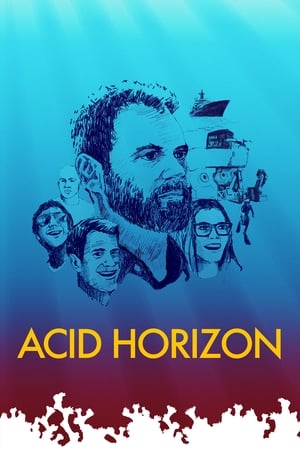 6.3
6.3Acid Horizon(en)
Acid Horizon follows marine ecologist Dr. Erik Cordes on a harrowing deep-sea expedition to track down the "supercoral", a strain of the deep-water coral Lophelia pertusa that seems to possess the unique genetic capability to thrive in a low-pH ocean.
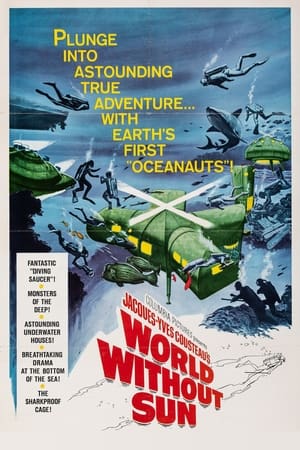 6.4
6.4World Without Sun(fr)
Fascinating underwater documentary filmed with hand-held cameras by frogmen and mostly filmed in deep-water seas from within a special designed batiscaff, by the Cousteau family of sea explorers. Preserved by the Academy Film Archive in 2010.
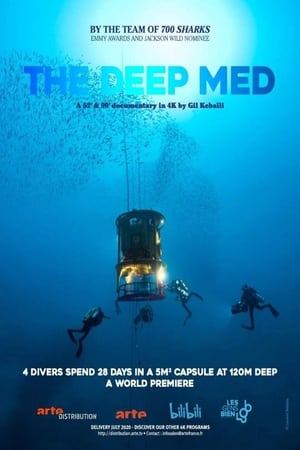 8.2
8.2The Deep Med(fr)
The Mediterranean. Because people have been travelling there for thousands of years, it is believed to be without secrets. And yet, far below its surface, lie vast unexplored territories, luxurious gardens worthy of the finest tropical coral reefs. These natural wonders are inaccessible to the traditional diver, in a twilight zone, between 60 and 120 m, where there’s less than 1% of sunlight. If diving at such depths is always a challenge, staying there is a fantasy, a utopia that becomes reality in Planet Mediterranean. In the tradition of Commander Cousteau and his "houses under the sea," the team of diver-photographer Laurent Ballesta is undertaking a new world-record setting mission in complete freedom and without time limit.
 7.1
7.1Titan: The OceanGate Submersible Disaster(en)
OceanGate's Titan tourist submersible imploded in 2023 on a deep-sea dive to the Titanic. This documentary details how a bold vision ended in tragedy.
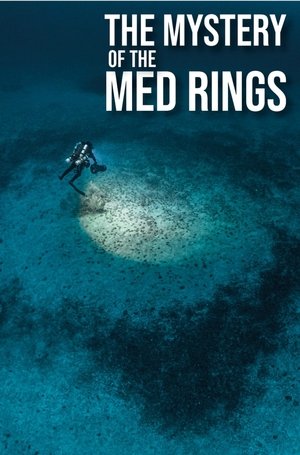 8.0
8.0The Mystery of the Med Rings(fr)
Explore the mysterious giant rings of the Mediterranean, buried at a depth of 120m, with the world-famous Laurent Ballesta, world-renowned diver and his team, to understand the origin of these unique and unknown formations.
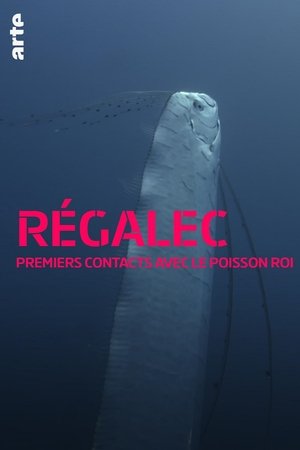 2.0
2.0Régalec, premiers contacts avec le poisson roi(de)
They have bones, no teeth and can grow up to 17 meters long: Oarfish. As the longest bony fish in the world resembles a silver reptile, it is surrounded by various legends of sea serpents and sea monsters. The documentary shows the rarely seen sea creatures in their natural environment. For two years, divers filmed the fascinating creatures from the deep sea around 60 kilometers off the coast of the Côte d'Azur.
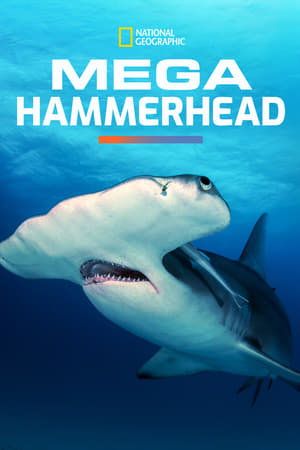 5.8
5.8Mega Hammerhead(en)
Shark expert Neil Hammerschlag and a crew of researchers search for an elusive hammerhead shark.
 8.0
8.0Extreme der Tiefsee - Abysses(fr)
The deep waters of the Southern and Pacific Oceans still hold many mysteries. Two international teams of scientists set out to explore the icy depths of Antarctica and the abysses of the Mariana Trench. Filmed for the first time, creatures seemingly from another galaxy cohabit with champions of survival in extreme conditions.
 7.6
7.6Last Breath(en)
A commercial diver is stranded on the seabed with only five minutes of oxygen supply, but with no chance of rescue for more than 30 minutes. With access to amazing archival footage, this is the true story of one man’s impossible fight for survival.
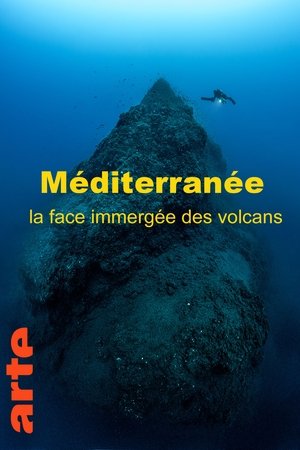 8.5
8.5Méditerranée : la face immergée des volcans(fr)
With the help of diver and biologist Laurent Ballesta, a scientific expedition explores three sunken Italian volcanic sites in the Mediterranean.
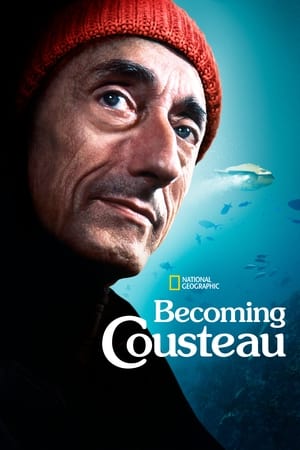 7.0
7.0Becoming Cousteau(en)
Adventurer, filmmaker, inventor, author, unlikely celebrity and conservationist: For over four decades, Jacques-Yves Cousteau and his explorations under the ocean became synonymous with a love of science and the natural world. As he learned to protect the environment, he brought the whole world with him, sounding alarms more than 50 years ago about the warming seas and our planet’s vulnerability. In BECOMING COUSTEAU, from National Geographic Documentary Films, two-time Academy Award®-nominated filmmaker Liz Garbus takes an inside look at Cousteau and his life, his iconic films and inventions, and the experiences that made him the 20th century’s most unique and renowned environmental voice — and the man who inspired generations to protect the Earth.



